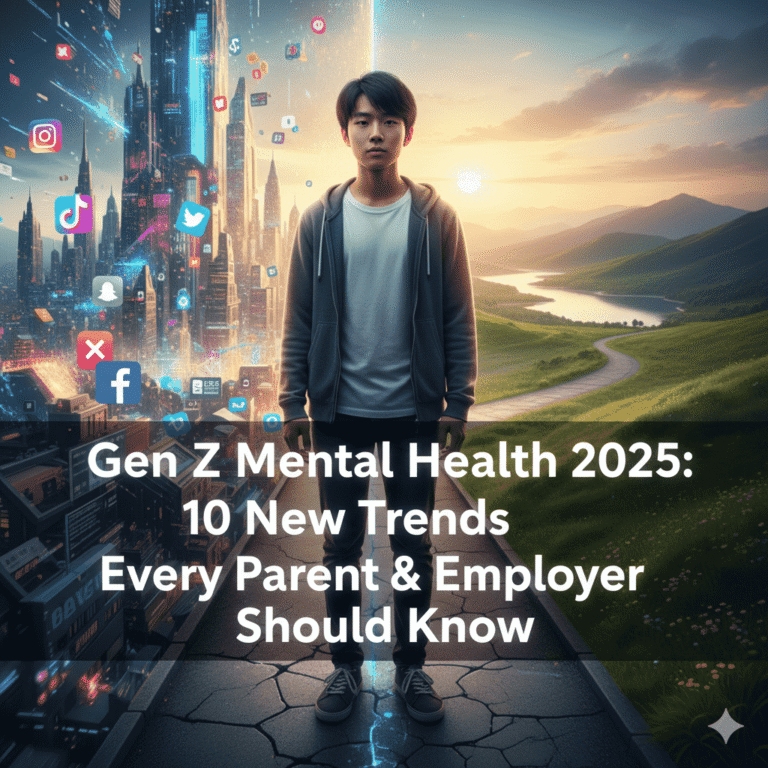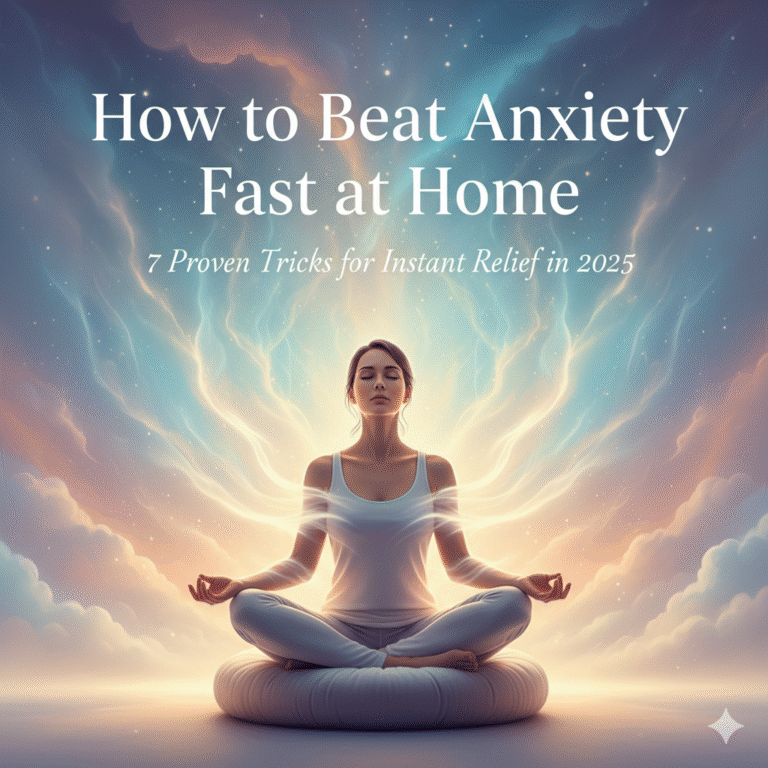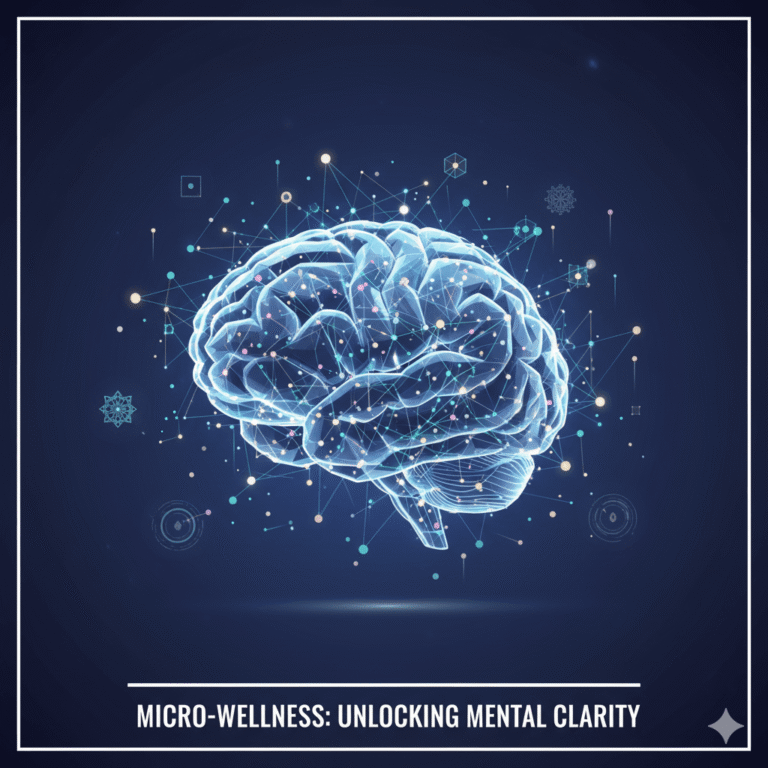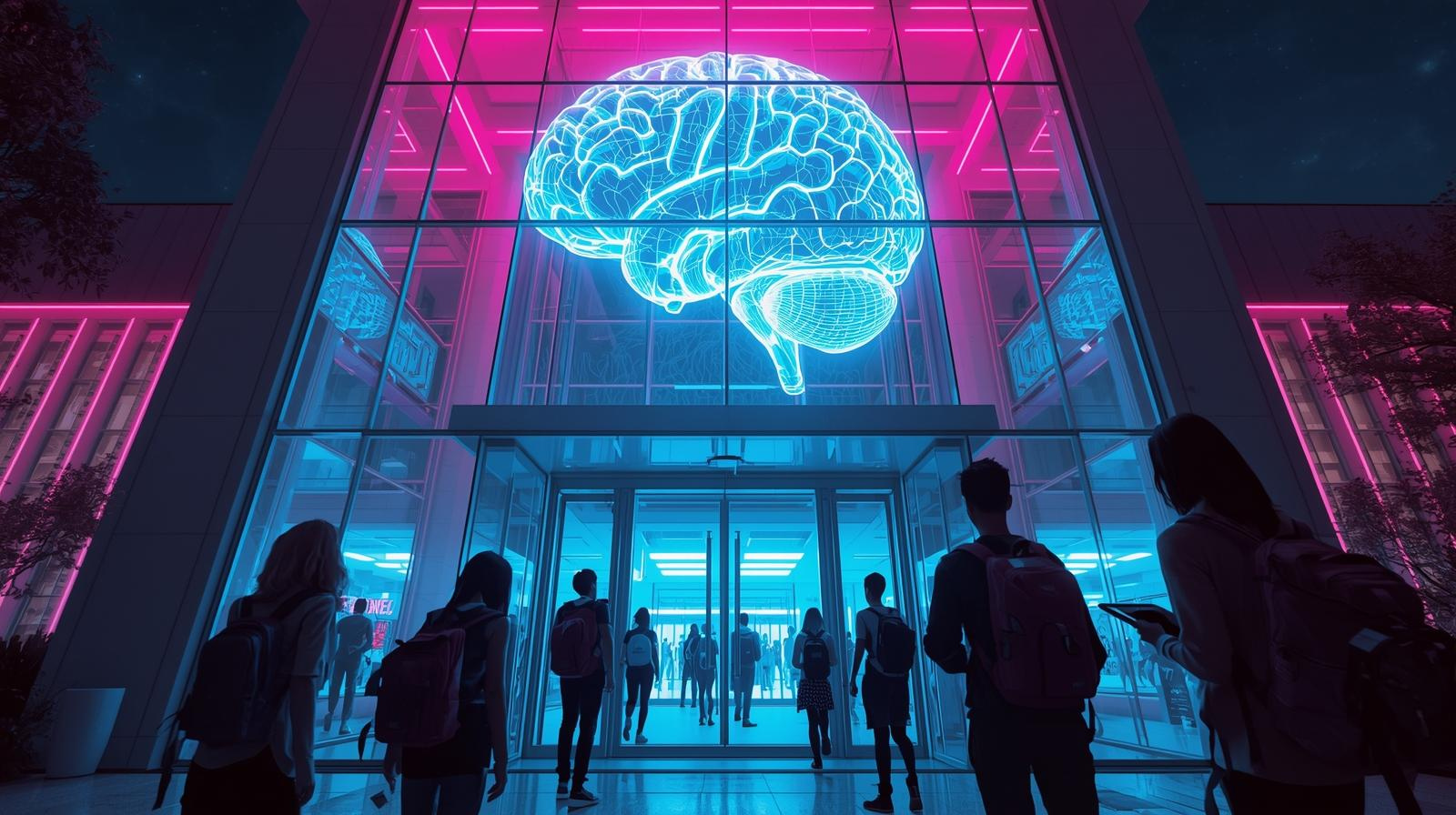
In 2025, classrooms across the United States are not just about math tests, history essays, or science projects anymore. They’ve become spaces where a new kind of test is quietly shaping the future of education—mental health screenings.
Once considered a private matter to be handled at home or in clinics, mental health has now entered the school environment with urgency. Teachers and administrators are not only educators but also first responders in spotting early signs of depression, anxiety, and emotional distress among students. The surge in school-based screenings reflects a changing reality: America is in the middle of a youth mental health crisis, and ignoring it is no longer an option.
So, what exactly is fueling this wave of screenings in 2025? And why are schools, of all places, becoming the frontline for mental health care?
A Crisis Too Visible to Ignore
The numbers speak for themselves. According to the CDC, over 42% of high school students reported persistent feelings of sadness or hopelessness in 2023. Suicide remains the second leading cause of death among teenagers. Emergency rooms across the country report rising visits linked to mental health crises among youth.
By 2025, these trends have reached a tipping point. Parents, policymakers, and educators recognize that waiting for children to self-report issues or seek outside care is no longer enough. Unlike routine physicals, mental health problems often go unnoticed until they become crises. Schools, where children spend the majority of their time, are uniquely positioned to catch these signs early.
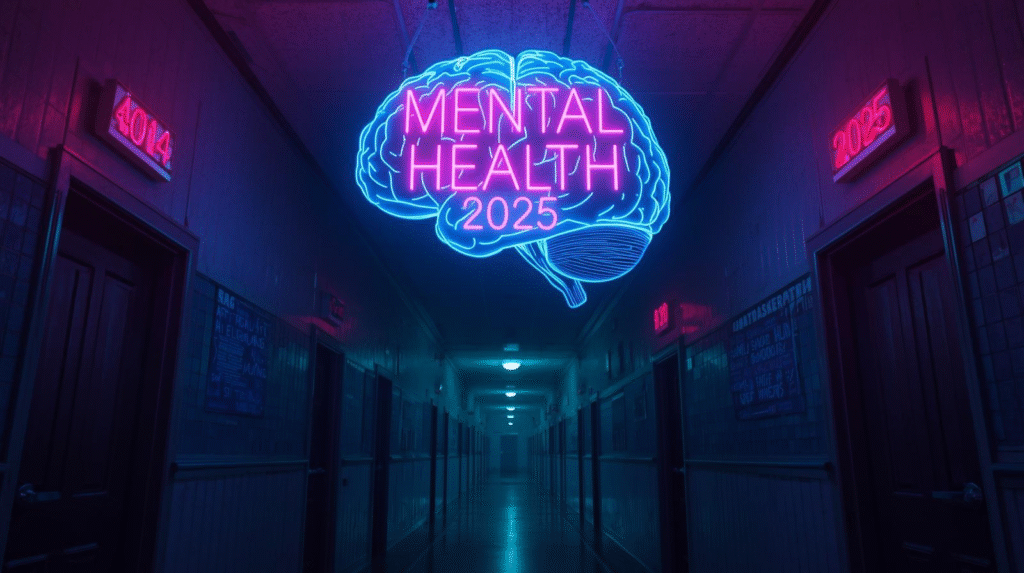
Why 2025 Became a Turning Point
Several factors converged to make 2025 the year mental health screenings gained unprecedented momentum in U.S. schools:
- Policy Push – States like Illinois and New York introduced legislation mandating or incentivizing school-based screenings. Federal grants tied to wellness programs encouraged more districts to participate.
- Post-Pandemic Fallout – COVID-19’s long shadow left a generation grappling with isolation, learning loss, and social anxiety. The ripple effects are still visible, and schools are responding.
- Community Pressure – Parent groups and advocacy organizations pushed school boards to treat mental health as seriously as academic achievement.
- Technology Integration – With the rise of digital screening tools, schools now have scalable ways to identify issues without overwhelming staff.
Together, these forces created a cultural shift: schools are no longer just places of learning but gateways to holistic student wellness.
From Stigma to Mainstream: A Cultural Shift
Just a decade ago, the idea of asking a teenager about their mental health in school might have raised eyebrows. Parents feared stigma, and students often stayed silent out of shame. But in 2025, conversations around mental health have become more normalized.
Celebrities, athletes, and even political leaders openly discuss therapy, anxiety, and depression. Social media campaigns have reframed mental health not as weakness but as a vital part of overall well-being. This cultural acceptance has helped pave the way for schools to step in confidently.
What School Screenings Look Like in Practice
So, how do these screenings actually work inside schools?
Typically, students are asked to fill out short, age-appropriate questionnaires. These may include questions about mood, sleep, concentration, and relationships. Trained school counselors or psychologists then review responses to identify potential concerns. In many cases, follow-up conversations or referrals to outside professionals are arranged.
The process is designed to be preventive, not diagnostic. The goal isn’t to label students but to flag early warning signs before problems escalate.

The Benefits Schools Are Seeing
Schools that have adopted screenings report several positive outcomes:
- Early Intervention: Students at risk are identified before problems spiral into crises.
- Academic Improvement: Children struggling less with anxiety or depression often perform better academically.
- Stronger Support Systems: Teachers and counselors collaborate more closely, creating a culture of care.
- Reduced Stigma: When screenings are routine, students feel less singled out.
These benefits don’t just help students—they also support parents and communities who otherwise struggle to access affordable mental health care.
The Concerns and Criticisms
Of course, the surge in screenings hasn’t been without pushback. Critics raise important questions:
- Privacy: Who has access to students’ mental health data?
- Capacity: Do schools really have enough trained counselors to handle the volume of needs identified?
- Parental Consent: Some parents fear screenings may overstep boundaries or lead to unnecessary labeling.
- Equity Issues: Wealthier districts may implement programs more effectively than underfunded schools, widening gaps.
These concerns highlight the complexity of turning good intentions into effective action.
Comparison: School-Based Screenings vs Traditional Screenings
| Feature | School-Based Screenings (2025) | Traditional Clinical Screenings |
|---|---|---|
| Accessibility | Done during school hours; universal reach | Requires parent initiative & scheduling |
| Cost | Often free or state-funded | Can be expensive, insurance-dependent |
| Early Detection | High potential; routine checks catch issues early | Delays common; only after problems are visible |
| Comfort for Students | Familiar environment; less intimidating | Formal setting may cause anxiety |
| Follow-Up Care | Referrals through school networks | Managed through clinics/hospitals |
This comparison shows why schools are increasingly viewed as the best place to start—though they cannot replace professional therapy or long-term treatment.
A Quick Look: What’s New in 2025
Here’s a snapshot of what sets 2025 apart:
- More than 20 states are actively funding school-based mental health programs.
- Federal initiatives link mental health support to academic success metrics.
- Screening tools are being developed with AI to flag risk factors earlier.
- Schools are hiring more licensed mental health professionals than ever before.
This isn’t just a trend—it’s becoming part of the fabric of modern education.
Parents and Students: Mixed Reactions
For many parents, screenings provide relief. They see schools stepping in where healthcare systems have failed. But others worry about overreach and whether their children’s personal struggles should be school matters.
Students, too, are divided. Some appreciate having a safe space to talk. Others fear judgment from peers or worry about confidentiality. What’s clear is that the conversation is no longer optional—it’s happening in hallways, classrooms, and school board meetings nationwide.

The Road Ahead: Challenges and Opportunities
Moving forward, the success of mental health screenings will depend on several factors:
- Ensuring adequate staffing of counselors and psychologists.
- Protecting data privacy to maintain student trust.
- Providing equitable access so underfunded schools aren’t left behind.
- Integrating screenings with community mental health resources for long-term care.
If these challenges can be addressed, the U.S. could establish a new model where schools serve not only as centers of learning but also as early-warning systems for youth well-being.
Conclusion: A Defining Moment for Student Wellness
The surge in mental health screenings across U.S. schools in 2025 marks more than a new policy trend—it represents a societal shift. The recognition that academic success cannot be separated from emotional well-being is reshaping the role of schools in profound ways.
While challenges around privacy, resources, and equity remain, the momentum is clear. Schools are no longer just teaching algebra and history—they are becoming lifelines in a youth mental health crisis that affects millions.
If done thoughtfully, this movement could define a healthier, more supportive future for the next generation.
What benefits do mental health screenings provide for students?
They help identify issues early, reduce stigma, provide timely support, and improve overall emotional and academic outcomes.
Are mental health screenings mandatory in all U.S. schools?
Not yet. Policies vary by state and school district, but more schools are adopting screenings as part of wellness programs.
What challenges do schools face with mental health screenings?
Challenges include privacy concerns, resource limitations, staff training, and ensuring follow-up care for students.
How can parents support school mental health initiatives?
Parents can stay informed, communicate with school counselors, encourage open discussions, and participate in wellness programs.

